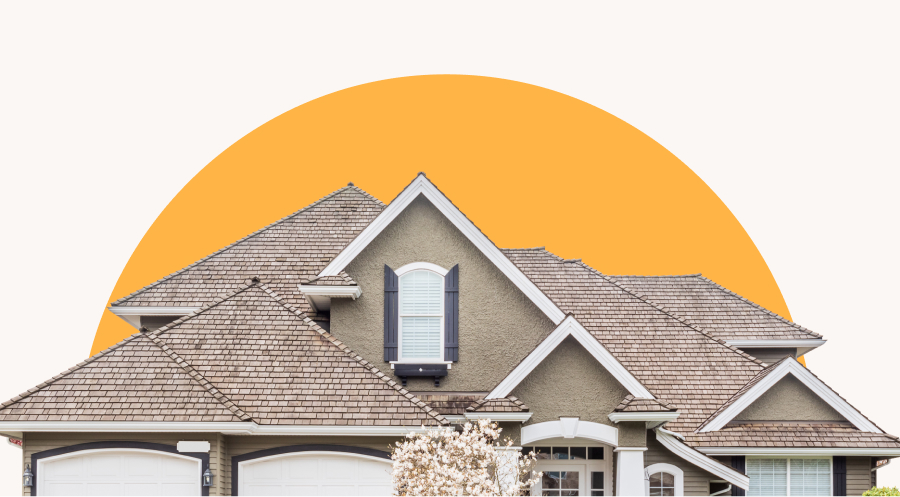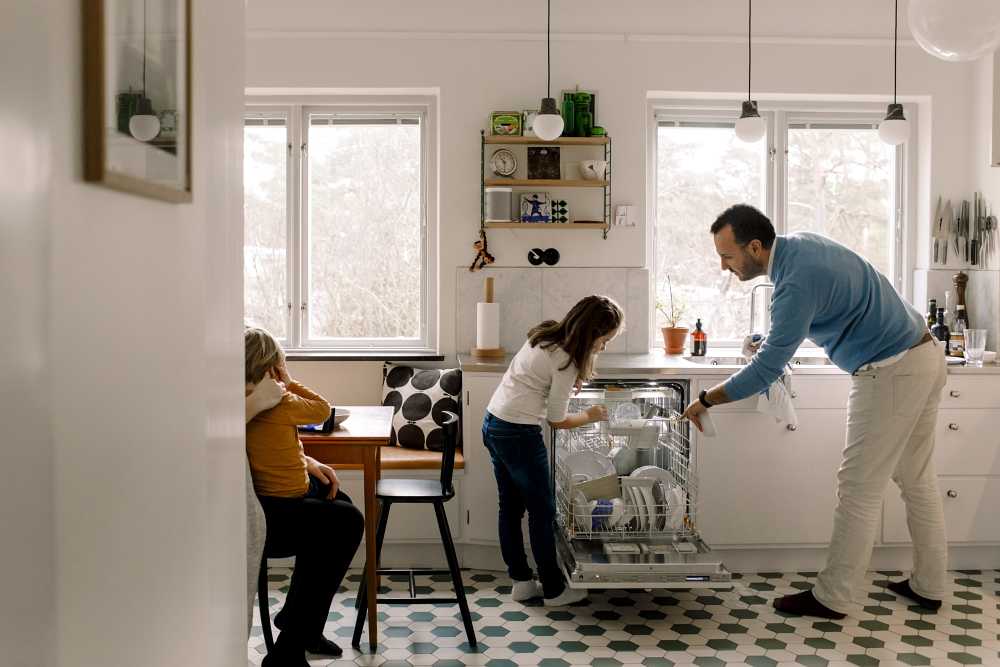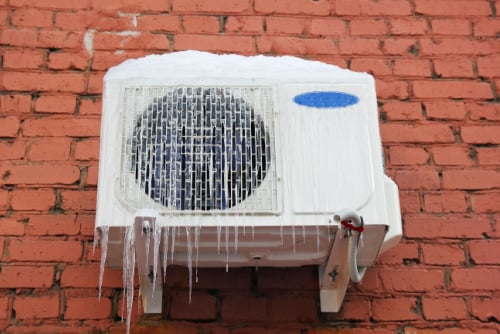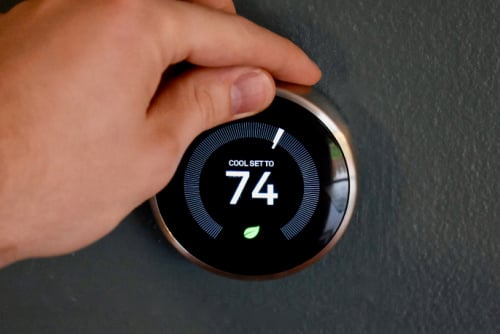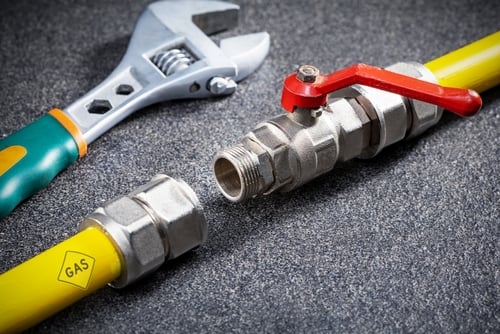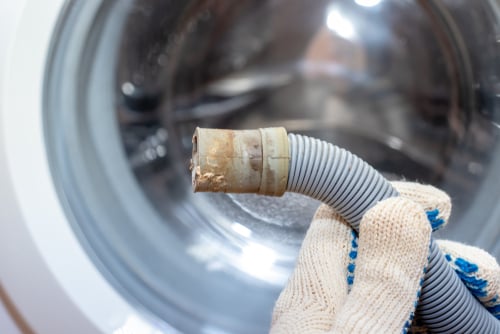The roof is your home’s first line of defense, keeping it safe, dry, and protected. Unfortunately, your roof often goes unnoticed until there’s a problem. Regular roof inspections can help you catch small issues before they turn into big problems—and we're not just talking about leaks.
A neglected roof can lead to structural damage, mold growth, and even impact your home’s efficiency. But you don’t have to be an Expert to do a DIY roof inspection. We’ll show you how to inspect a roof, and why you should do it in the first place, step by step.
Why Roof Inspections Matter
Before roof problems have a chance to emerge, you can prevent them altogether with a little bit of regular upkeep. By taking a few minutes to check in on your roof, you’re:
- Preventing Costly Repairs: Addressing small issues before they become big issues can keep your costs from exploding.
- Extending Roof Lifespan: A roof usually lasts between 25 and 50 years. Minor repairs and adjustments will prevent wear and tear that shortens the lifespan.
- Ensuring Home Safety: Regular inspections can reveal structural weaknesses, leaks, or even pest issues that can compromise your home's safety.
How to Inspect a Roof
Keeping an eye on your roof is an easy, yet crucial part of your home’s maintenance. Here’s what to consider:
Safety First and Always
Remember, no home maintenance project is worth risking your safety. If your roof is steep or you’re not comfortable with heights, skip the ladder altogether and inspect from a distance using binoculars.
If you feel good about climbing, make sure you have a sturdy ladder set on a level, stable surface. Wear non-slip shoes to avoid any missteps. It’s important to always maintain three points of contact when going up and down the ladder – this means two hands and one foot, or two feet and one hand should be in contact with the ladder at all times. This technique ensures maximum stability and safety.
Growing up, many of us were taught to never climb a ladder alone and always have a partner – this is a practice that still holds true and adds an extra layer of safety to your roof inspection. In this case, it's especially wise to have someone with you, like a spouse or partner, teen or neighbor, to observe while you're on the ladder. They can be there in case of an emergency, offer assistance, or just keep an eye out for your safety.
If at any point you feel unsure, consult a Pro instead.
Tools and Equipment
You don’t need a toolbox full of specialized equipment for a basic roof inspection. Here's what you will need:
- A sturdy ladder
- Non-slip shoes for secure footing
- A camera or smartphone to take pictures of any issues
- A notebook and pen to jot down observations
- Binoculars (if you prefer to inspect from the ground)

Have a drone? You can use it to get a bird’s eye view and capture detailed images of areas that might be harder to reach from the ground or ladder.
Time to Inspect
Make your DIY roof inspection as thorough as possible by hitting these points:
- Inspect From the Ground: Start with a walk around your home. Look for signs of aging or damage, like broken or missing shingles. Use your binoculars for a closer look.
- Climb on Up: If you’re comfortable, climb up your ladder for a closer inspection. Ensure the ladder is secure and have someone spot you for extra safety.
- Check the Shingles: Look for any that are cracked, loose, or missing. Note any moss or algae growth, which may indicate moisture issues.
- Inspect the Gutters: Ensure they are attached securely and free of debris.
- Look at the Joints and Edges: Check around chimneys, vents, and where the roof meets the walls. Any cracks or breaks could lead to leaks.
- Inspect the Ventilation: Make sure vents are clear and unobstructed to ensure proper airflow in your attic.
- Interior Check: Finally, head to your attic. Look for signs of water infiltration like stains or mold, and ensure insulation is intact.
Remember, this inspection isn’t about fixing the issues yourself but understanding the condition of your roof. If you spot anything concerning, let us help call in a professional. Frontdoor can connect you to experienced Pros who can take it from there.
Signs of Trouble
Recognizing warning signs on your roof means you can address issues before they escalate into major problems—and majorly expensive repairs. Here are some common red flags and what they might mean:
- Shingles that are cracked, bent, or missing can lead to leaks and further damage, especially during heavy rain or wind.
- A dip or sag in your roofline is a sign of a significant underlying issue, such as structural damage, that would require immediate attention.
- Stains or watermarks on your ceilings or walls are telltale signs of a leaky roof.
- Moss or algae growth can retain moisture and eventually damage roof materials.
- Gutters are clogged, damaged, or detached can lead to water backing up and damaging your roof and your home.
- Signs of rust or corrosion on metal components like flashing or vents can compromise the integrity of your roof.
If you pay close attention, the roof will do the inspection work for you. For example, for those living in areas with heavy snowfall, identifying issues can be as easy as observing the snow on your roof. If your attic is properly insulated, the snow will be evenly distributed across the roof. But if there are areas where the snow melts faster, this could indicate poor or missing insulation.
When to Call in a Pro
It can be challenging to gauge the severity of a roof issue on your own. Is that small leak a quick fix, or does it hint at a bigger problem? This is where Frontdoor comes in. Just start a video chat in the Frontdoor app to connect with an Expert who can help you understand the extent of your roof issue.
If you do need hands-on assistance, Frontdoor Unlimited has you covered, with access to a national network of vetted and trusted professionals. Ready to start? The first step is simple: just download the Frontdoor app. Whether it's a minor DIY repair or a major roof overhaul, our Experts and Pros are here to help.
Was this article helpful?
